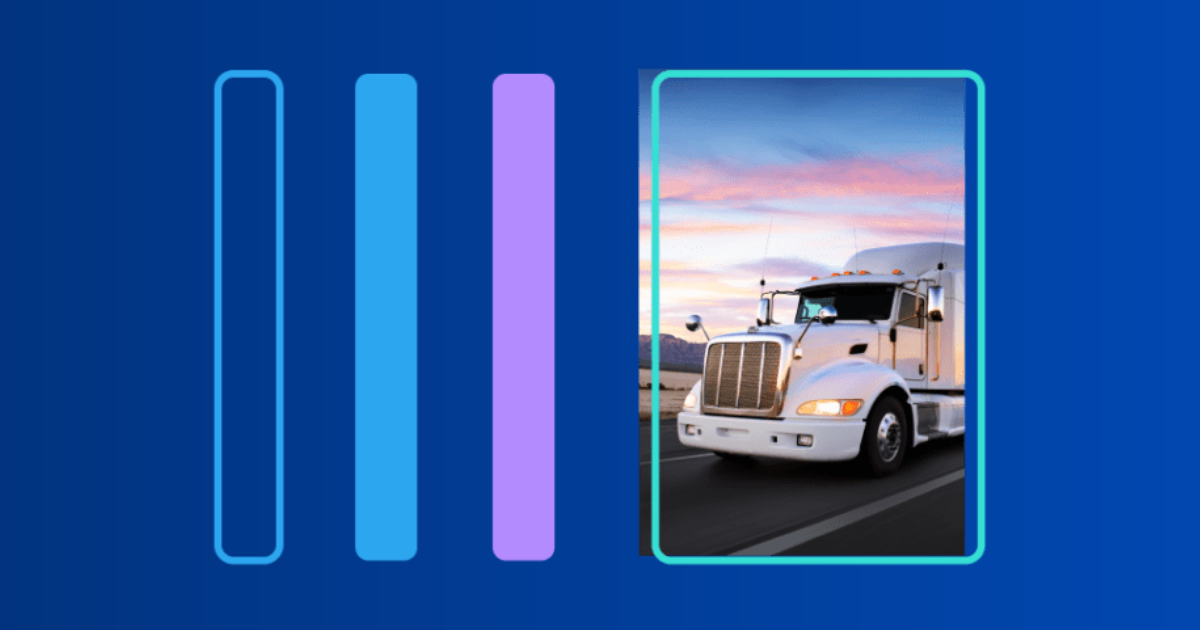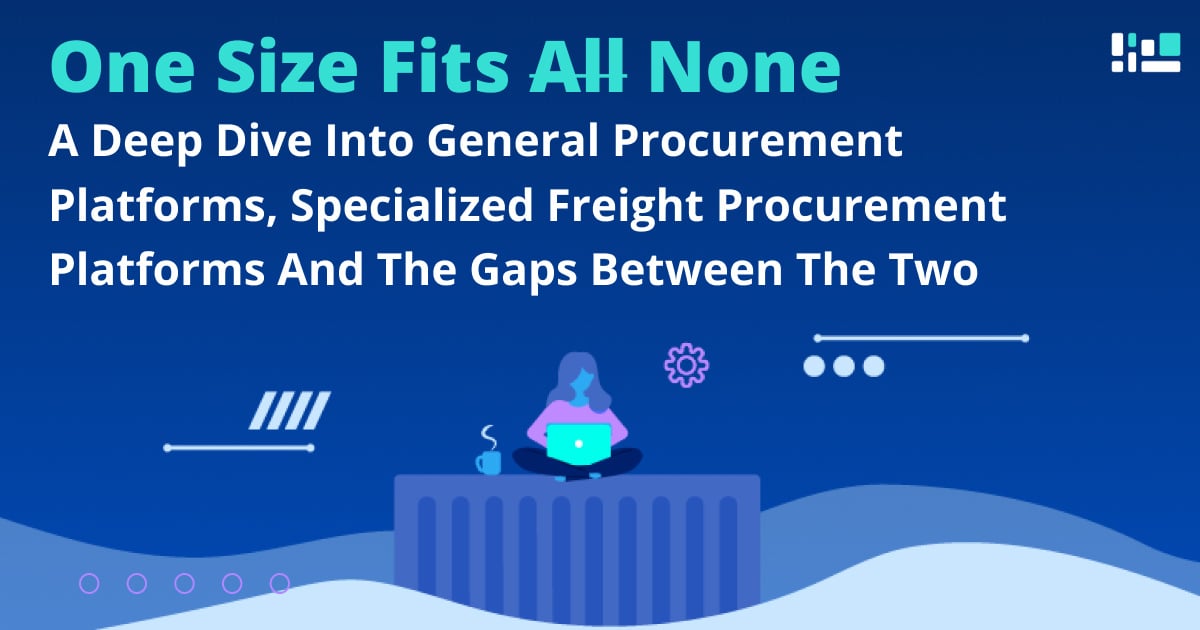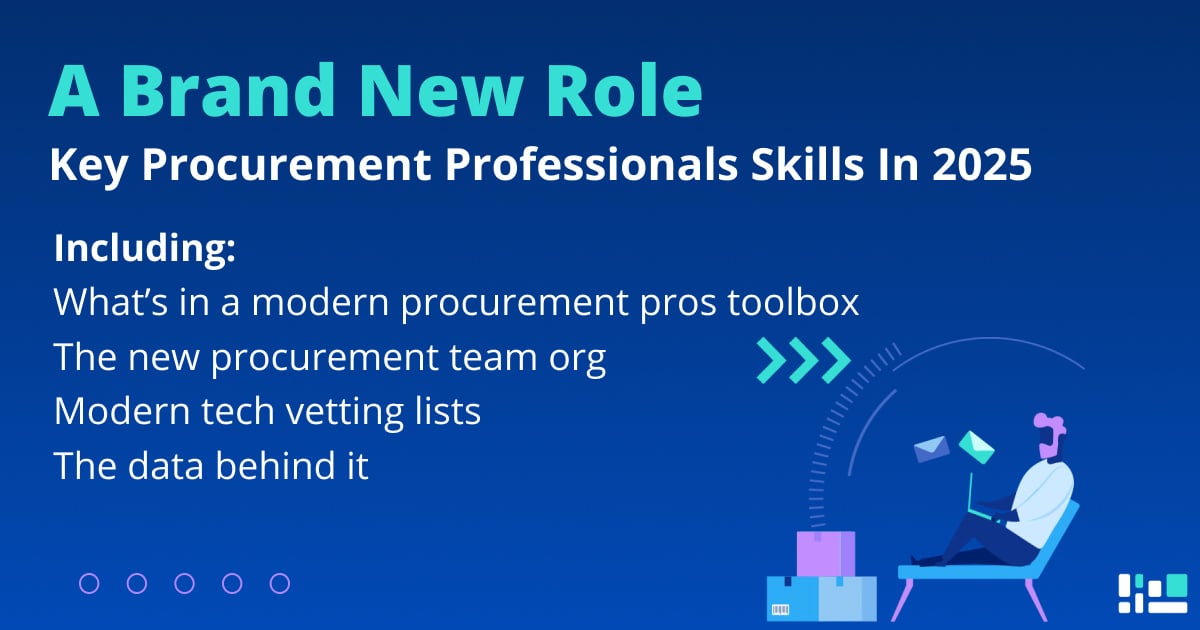The logistics industry touches almost every part of the global economy. But it's the size and scope of logistics that makes it one of the slowest industries to implement new tech.
However, logistics is starting to catch up with more tech-savvy industries – and fast! There are some exciting tech innovations that are currently changing the sector and improving how we move goods.
Here are 5 of the most exciting logistics tech innovations that are changing our industry.
1. Augmented reality (AR)
Augmented reality is digital technology that lets people enhance their real-world environment with computer-generated information in the form of images, sound and text.
We often think of augmented reality as a type of entertainment (PokemonGO is a form of AR), but this technology is making a big impact in warehouses.
AR companies have developed software for smart phones or smart glasses that help warehouse workers to…
- Find the correct packages during loading
- Notify workers of improperly placed parcels, based on size, weight or destination
- Count stock
- Learn to perform specific tasks.
Through the glassed lens or the smart phone screen, the software shows digital information about the stock over the real-life image of the warehouse. This makes warehouse workers able to identify stock and pick it faster.
How is AR revolutionising logistics?
Warehouse picking is still one of the most manual and slow processes in the logistics supply chain.
AR is having a huge impact on warehouse efficiency, with managers who’ve adopted the technology already reporting an increase of 15% in the number of picks per hour!
Logistics giant DHL have already trialled AR glasses and reported an even higher efficiency increase of 25%. And they’re predicting even more implementation of AR in the future:
“We believe augmented reality will become relevant for even more supply chain areas”, says Jan-Willem De Jong, Business Unit Director Technology, DHL Supply Chain, Benelux.
With such high expectations for AR, it will be exciting to see how this tech continues to change the logistics industry in the future.
2. Carbon-neutral container ships
Currently, the majority of shipping vessels use bunker fuel, a bi-product of oil refinement. To curb the high CO2 emissions this fuel produces, carriers have been developing new ships that use clean fuel to power them.
This has led shipping giant Maersk to announce a carbon neutral vessel by 2023! The vessel will run on e-methanol, a carbon-neutral fuel.
Maersk originally predicted they would complete the vessel by 2030, but advancements in eco-technology has allowed the company to move this date forward seven years.
How are carbon-neutral vessels revolutionising logistics?
International shipping accounts for two to three percent of global greenhouse gas emissions. With an estimated 80% of all goods moved by sea, the deployment of carbon neutral vessels will dramatically reduce carbon emissions in the logistics industry and make shipping cleaner.
The move to carbon-neutral vessels is likely to spread across even more shipping lines as their customers (who want to reduce their own C02 footprint) are pressuring them to create cleaner vessels.
With eco-tech developing so rapidly – there’s little doubt that there are even more exiting eco-innovations coming to the logistics industry.
3. On-demand spot-freight platforms
On-demand spot-freight platforms are online sites where shippers can instantly request spot freight.
Shippers input their pick-up and drop-off location, along with any other special requirements they have (like refrigeration), and then automatically request quotes from their chosen carriers.
The entire spot-request process is managed online – rather than the traditional method of spreadsheets and emails.
Some of the most advanced on-demand spot platforms also give shippers data insights into their spot buying, so they can keep track of spot freight spend, volume, historical carriers and benchmarking rates.
How are spot-freight platforms revolutionising the logistics industry?
Spot-freight platforms automate many of the time-consuming and manual processes (such as communicating with carriers) that make performing a spot request slow and frustrating.
Shippers using these platforms save hours of time with each spot request they make, giving them the freedom to allocate freight more flexibly.
Plus, the data analyse tools give shippers more transparency into their data, so they can analyse their spot-shipping strategy more accurately, make data-driven decisions and reduce their overall costs.
This technology is helping shippers navigate shipping crises too. Since the Covid-19 pandemic, freight rates have been at an all-time high, so shippers have had to rely on spot requests to make their shipments. During this period, spot request have grown massively– increasing their market share from about 15% to around 25%.
These digital platforms helped shippers increase their spot requests frequency and get the best deals when they couldn’t rely on long-term shipping contracts. With spot buying easier than ever before, it will be interesting to see if spot buying stays elevated after the pandemic
Learn how out spot procurement platform ShipstaGO can revolutionise your spot buying:
4. Warehouse robotics
Warehouse robotics is robotic and automated technology that transport materials and streamline warehouse processes.
There are many different types of robotics, such as AGVs that transport materials inside warehouses, AS/RS that automatically manage inventory and store or retrieve goods on demand and Cobots that work closely with humans to automate repetitive tasks like inspection or picking.
How are warehouse robotics revolutionising the logistics industry?
Robotics are helping warehouses manage an ever-increasing volume of goods while the industry struggles with a shortage of human warehouse staff.
Advances in warehouse robotics means they are taking over more and more tasks from humans, reducing warehousing costs and resulting in a cheaper costs to the consumer.
Warehouse robotics is improving the conditions of warehouse workers too: They reduce physical strain on workers, making warehouse safer and more sustainable.
With warehouse robotics becoming increasingly advanced, it won't be long before the majority of warehouse work is performed by robots.
5. Digital freight-procurement platforms
Digital freight-procurement platforms are online platforms where shippers can source and procure freight contracts. They’re similar to spot freight platforms, but on a much bigger scale as procuring freight contracts is a lot more complex.
The platforms help shippers source for freight, make RfQs, award business and manage freight rates digitally.
This tech automates the time-consuming sourcing process and performs digital sanity checks to ensure that shipping data is always correct. Platforms also help shippers manage their current rates with specially designed data-dashboard and freight management features.
Why are digital freight-procurement platforms revolutionising the logistics industry?
There are three ways procurement platforms are revolutionising logistics:
- They’re reducing the time it takes to source and procure freight by up to 80%.
Before digital platforms, shippers would have to manually input every requirement into excel sheets, email them out to their carriers individually, manually check for errors in their rate sheets.
This technology automates many of these processes, meaning shippers can procure freight more often, helping them get better rates and reduce their overall costs.
- They’re standardising the procurement process.
In the past, every carrier would send shippers offers in different formats, making it difficult for shippers to compare rates and find the best price.
Online procurement platforms ensure that every offer is presented in a standardised layout and is comparable. Plus, the data management features, like the data dashboard, give shippers visibility into their freight rates.
- They’re helping procurement teams go agile.
Digital procurement platforms make it easy for procurement teams to collaborate. All the procurement data is stored in one place, so everyone in the team can easily access it in their web browser. Collaboration is key to building an agile time, so without collaboration tech like this – logistic procurement teams would struggle to go agile.
Book a demo to learn about how our SHIPSTA Flex freight-procurement platform can revolutionise your freight-procurement processes.
About SHIPSTA
SHIPSTA is a digital platform that connects shippers and carriers to ensure a frictionless procurement process for spot and contract buying, entirely online. It automates complex tasks, provides unrivalled visibility and supports fast data-driven decision making.
Designed and built by experts in logistics procurement, SHIPSTA is bringing transparency, automation and efficiency to the global logistics industry. It is used by some of the world’s largest companies to respond to market volatility, control freight costs and manage risk. The company was founded in 2015 and is based in Mertert, Luxembourg and Hamburg, Germany.




